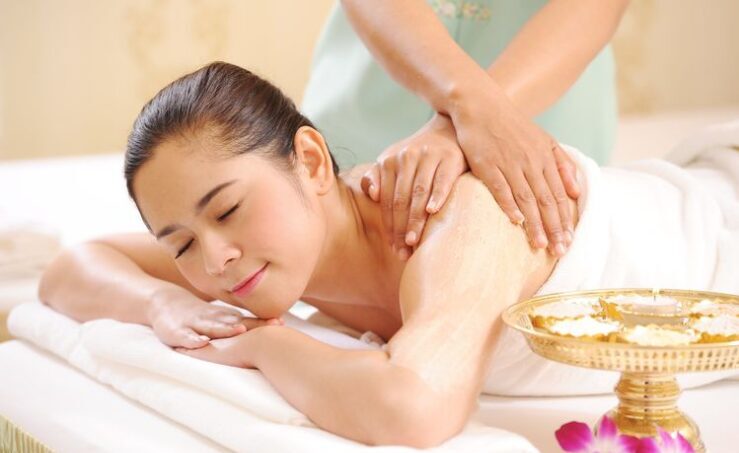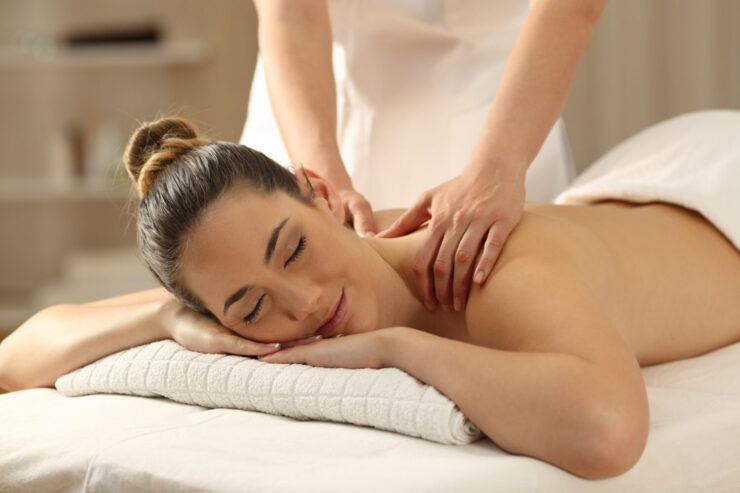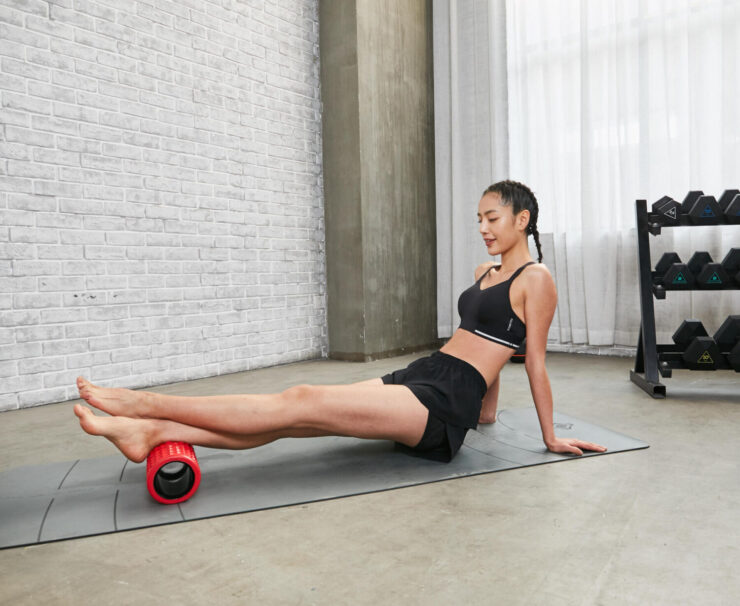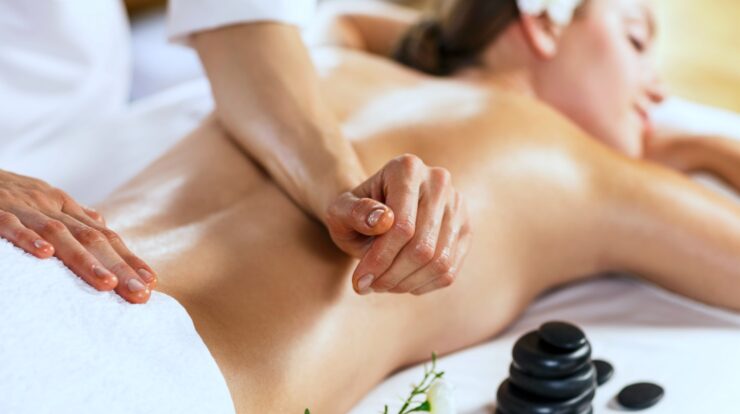In our fast-paced, modern world, stress has become a common companion. Finding effective ways to manage and alleviate stress is essential for maintaining both physical and mental health. One of the most beneficial methods for stress relief is massage therapy.
Whether you’re dealing with chronic stress or just need a break from the daily grind, a massage can provide profound relief. This article explores the many benefits of massage for stress relief and offers tips on how to make the most of your massage experience.
Stress and Its Effects

Stress is the body’s natural response to challenges and demands. While a certain amount of stress can be motivating and beneficial, chronic stress can have detrimental effects on the body and mind. It can lead to a host of problems, including anxiety, depression, muscle tension, headaches, and sleep disturbances. Chronic stress also weakens the immune system, making the body more susceptible to illnesses.
Recognizing the signs of stress is the first step in managing it. Symptoms can vary from person to person but often include irritability, fatigue, difficulty concentrating, and physical tension. The Sokcho massage (속초마사지) has been shown to be a great stress reliever.
Sokcho massage typically incorporates elements of traditional Korean therapy, focusing on holistic wellness and the harmonious balance of body and mind. One of the standout features of Sokcho massage is the use of medicinal herbs and hot springs. Many spas in Sokcho utilize local herbal compresses, which are heated bundles of therapeutic herbs wrapped in cloth. These compresses are applied to the body to soothe muscles, improve circulation, and promote deep relaxation.
The Power of Human Touch

Human touch is a powerful tool for stress relief. Massage therapy harnesses this power by using various techniques to manipulate the muscles and soft tissues of the body. This physical contact helps to release tension, improve circulation, and promote relaxation.
When you receive a massage, your body responds by producing endorphins, the body’s natural feel-good chemicals. Endorphins help to reduce pain and induce a sense of well-being. This biochemical response is one of the reasons why massage is so effective at reducing stress and promoting relaxation.
Choosing the Right Massage
There are many different types of massage, each with its own unique benefits. Choosing the right one for stress relief can enhance your experience and provide the most effective results.
Swedish massage is one of the most popular choices for stress relief. It involves long, flowing strokes and gentle kneading to relax the entire body. This type of massage is ideal for those new to massage therapy or looking for a general relaxation experience.
For those with more specific areas of tension, a deep tissue massage might be more appropriate. This technique uses slower, more forceful strokes to target the deeper layers of muscle and connective tissue. While it can be more intense, it is highly effective at relieving chronic muscle tension and stress. If you’re considering this type of massage, looking for a reputable provider of Deep Tissue Massage in Austin, TX, or a place nearby you, can ensure a professional and beneficial experience. This can help address specific areas of discomfort and promote full body relaxation.
Hot stone massage is another excellent option for stress relief. This technique involves placing smooth, heated stones on specific points of the body. The warmth from the stones helps to relax muscles and enhance the overall massage experience. The combination of heat and massage can be incredibly soothing and effective at reducing stress.
The Mind-Body Connection

Massage therapy not only addresses physical tension but also has a profound impact on the mind. The mind-body connection plays a significant role in how we experience and manage stress. When the body is relaxed, the mind tends to follow suit, leading to a state of overall calm and well-being.
During a massage, the parasympathetic nervous system is activated. This is the part of the nervous system responsible for rest and relaxation. Activation of the parasympathetic nervous system counteracts the stress response, lowering heart rate, reducing blood pressure, and promoting a sense of peace.
In addition to physical techniques, some massage therapists incorporate mindfulness and breathing exercises into their sessions. These practices can help to quiet the mind and deepen the relaxation response. Focusing on your breath and being present in the moment can enhance the therapeutic effects of the massage.
Creating the Perfect Ambiance
The environment in which you receive your massage can greatly influence your level of relaxation. Many massage studios and spas are designed to create a calming atmosphere, but you can also take steps to enhance this ambiance.
Soft lighting, soothing music, and pleasant scents can all contribute to a relaxing environment. Some therapists use essential oils or aromatherapy to enhance the experience. Scents like lavender, chamomile, and eucalyptus are known for their calming properties and can help to deepen the sense of relaxation.
Consider what makes you feel most comfortable and communicate this with your therapist. Whether it’s the temperature of the room, the type of music playing, or the use of certain oils, small adjustments can make a big difference in your overall experience.
Post-Massage Care

What you do after your massage is just as important as the massage itself. Taking time to rest and hydrate can help to prolong the benefits and enhance your overall well-being.
After your massage, drink plenty of water to help flush out any toxins released during the session. Herbal teas can also be a soothing option. Avoid strenuous activities for the rest of the day and give your body time to recover and absorb the benefits of the massage.
Gentle stretching can help to maintain the effects of the massage and prevent any post-massage soreness. Pay attention to how your body feels and take note of any areas that may need extra care or attention in future sessions.
Integrating Massage into Your Routine

Regular massages can have long-term benefits for managing stress. Consider incorporating massages into your self-care routine. Whether it’s monthly, bi-monthly, or quarterly, finding a schedule that works for you ensures you reap the ongoing benefits.
In between professional massages, you can practice self-massage techniques at home. Using a foam roller or massage balls can help relieve tension and maintain the effects of your sessions. There are plenty of online resources and tutorials available to guide you in self-massage techniques.
Addressing Common Concerns
It’s natural to have questions or concerns about getting a massage, especially if it’s your first time. Addressing these concerns can help you feel more comfortable and confident about the experience.
One common concern is modesty. Massage therapists are trained professionals who prioritize your comfort and privacy. You will be draped with a sheet or towel, and only the area being worked on will be exposed at any time. If you feel uncomfortable at any point, communicate with your therapist.
Another concern is pain. While some types of massage, like deep tissue, can be intense, a good therapist will always work within your pain threshold. If something hurts, speak up. Massage should never be unbearably painful.
Some people worry about awkwardness or not knowing what to do during a massage. Remember that it’s perfectly okay to relax and enjoy the experience. Your therapist will guide you through the session, so you don’t need to worry about doing anything specific.

